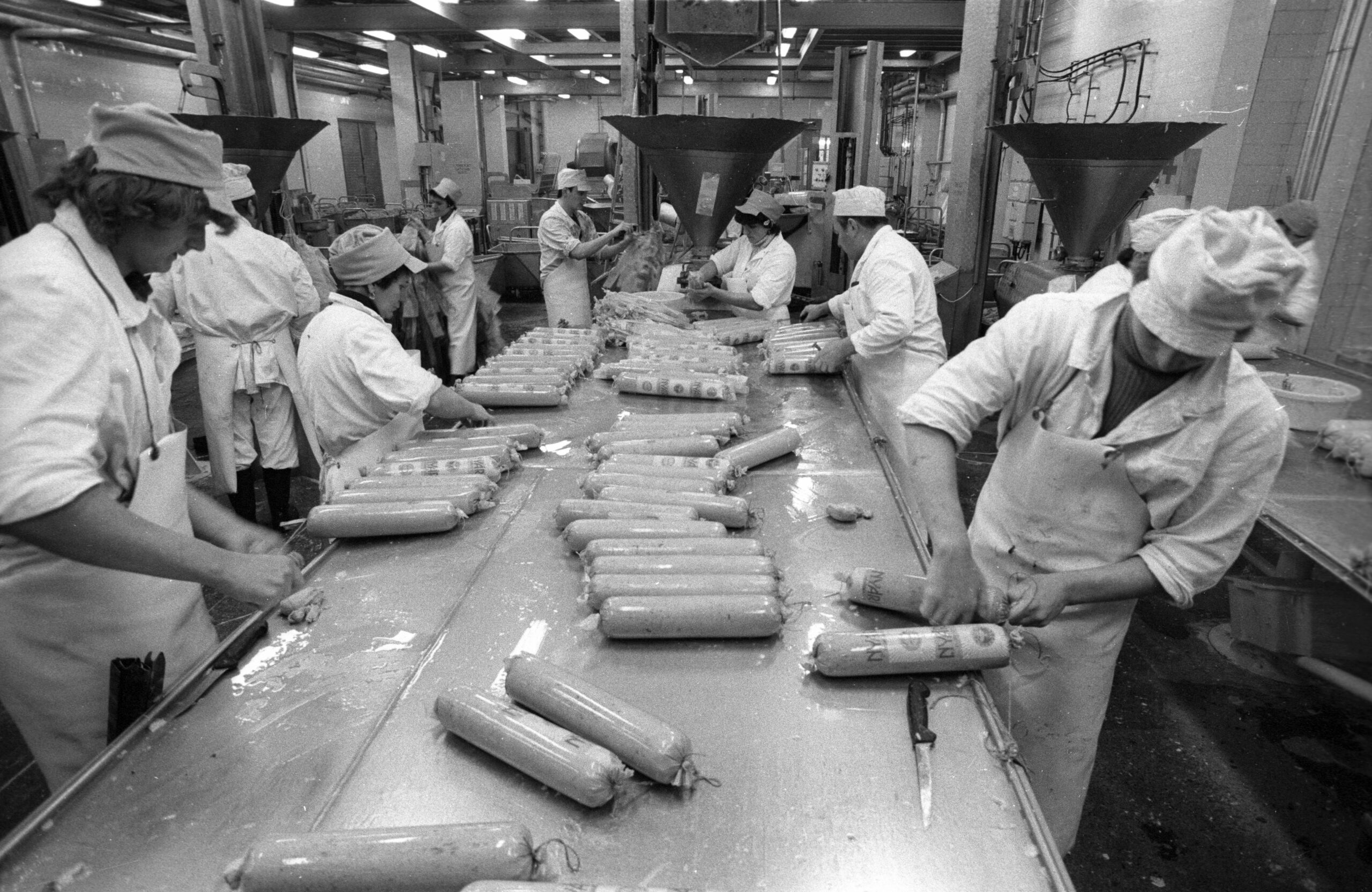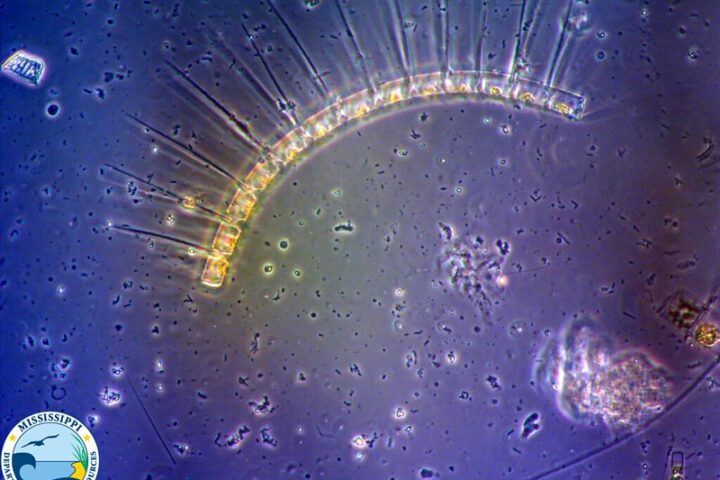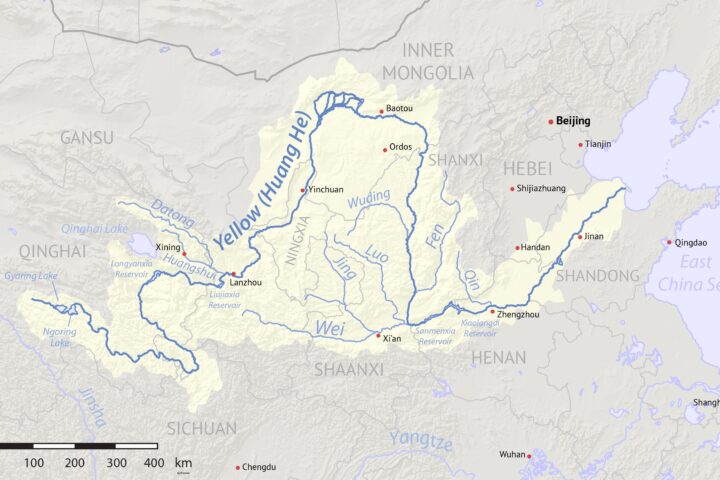Source: Wikimedia_Meat_industry,_food_industry
As we venture further into the era of technological advancement, we see the beginning of what is the era of Artificial Intelligence. In a recent study, it was found that 20 percent of the total organizations studied by them had started using AI in 2017. This percentage increased to 50 percent recently and peaked at 58 percent in 2019. This means that the global rate of AI adoption today is 2.5 times of what it was some 7-8 years ago. Techniques like robotic process automation, computer vision, deep learning, facial recognition, and natural-language text understanding are at the top.
Investing in this AI adoption also increases alongside this progress. This is a recent development. On the other hand, we have an industry which has been around for several thousands of years and won’t be going anywhere anytime soon. In 2024, the revenue in the food market is around 9.12 trillion US dollars and is expected to grow by 6.47 percent every year. China is the country which generates the most revenue- a total of 1,607 billion US dollars.
Even with such growth rates, the world still suffers from problems like world hunger and poverty. This means that what we have isn’t enough. What to do, what to fix?
Best of both worlds
To tackle such world problems, an efficient solution is required. Many experts are now trying to incorporate the techniques of artificial intelligence into the food industry. These techniques are rapidly changing the way food manufacturers, restaurants, and other food businesses operate.
Restaurants like the Wingstop have started using AI and created a virtual assistant that can manage multiple calls at the same time. This virtual assistant can also provide recommendations in different languages. There are also manufacturers who collect data to understand what the customers like and dislike. Data like this help them make new products according to the preferences of their target audience.
This is nothing compared to what AI can actually do though.
- For food production, AI is used to predict future weather patterns which can be studied to find methods to enhance crop production and yield.
- AI techniques can also check early signs of food disease and possible pest infestation.
- Many machines working with AI frameworks are able to monitor the nutrient level in the soil which will contribute to better yield.
- And lastly, the many beneficial techniques enhance personalization which increases the rate of success during product launches.
Real life examples are that of Nestle, Vivi Kola, and Climax Foods Inc. which have adopted AI to accelerate innovation, reduce development time, and test products swiftly. Their progress is proof that AI is here to stay.
Resources
- Chui, M., Hall, B., Mayhew, H., Singla, A., & Sukharevsky, A. (2022, December 6). The state of AI in 2022—and a half decade in review. McKinsey & Company; McKinsey & Company. https://www.mckinsey.com/capabilities/quantumblack/our-insights/the-state-of-ai-in-2022-and-a-half-decade-in-review
- Food – Worldwide | Statista Market Forecast. (2024). Statista; Statista. https://www.statista.com/outlook/cmo/food/worldwide
- World Bank Group. (2023, January 5). Recognizing and tackling a global food crisis. World Bank; World Bank Group. https://www.worldbank.org/en/news/feature/2023/01/05/recognizing-and-tackling-a-global-food-crisis
- Campbell, C. (2023, March 10). The Future of AI and the Food Industry – The Food Institute. The Food Institute. https://foodinstitute.com/focus/the-future-of-ai-and-the-food-industry/
- CAS Science Team. (2024, June 30). Embracing the future of AI in the food industry. Cas.org. https://www.cas.org/resources/cas-insights/embracing-future-ai-food-industry
- Team DigitalDefynd. (2024, May 4). Use of AI in the Food Industry [10 Examples] [2024]. DigitalDefynd. https://digitaldefynd.com/IQ/ai-in-food-industry/















